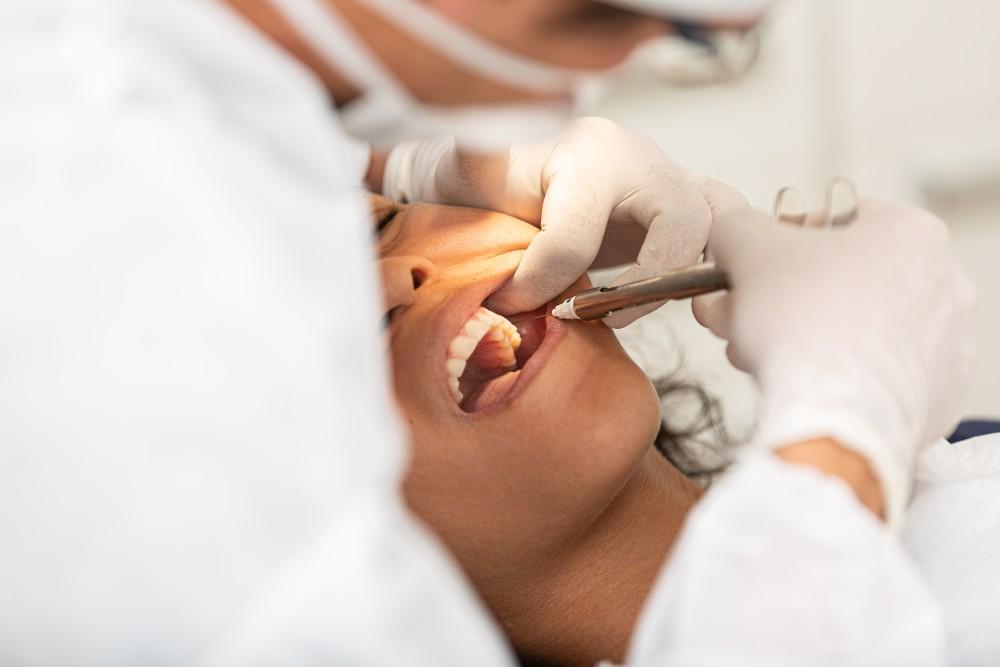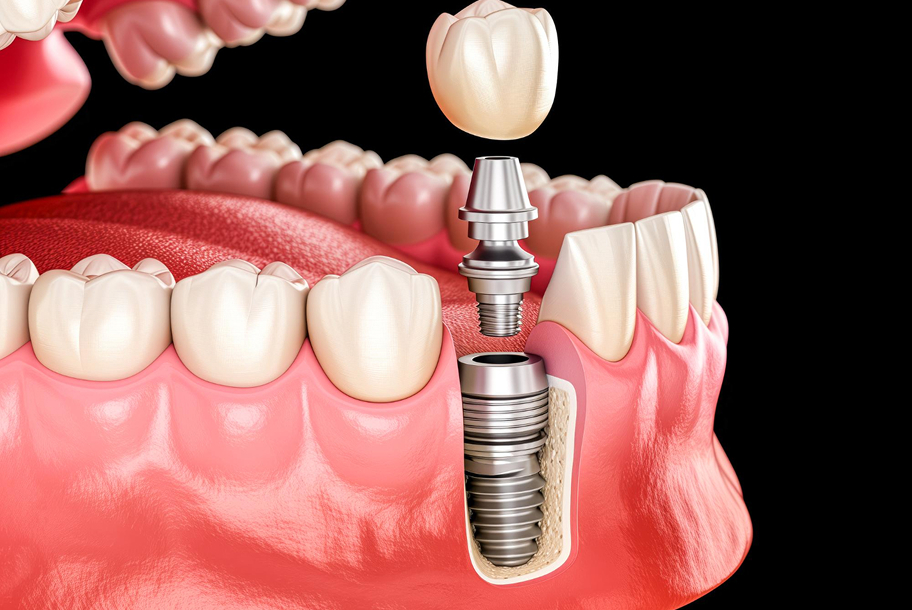
It’s no secret that white, strong teeth lend themselves to a beautiful smile. So, when your teeth become damaged or decayed, you want to preserve both your teeth and your smile. Luckily, dental bonding accomplishes both objectives.
At Arya Dental, Drs. Saeed Mokhayeri and Hengameh Safarcherati provide an incredibly wide range of services that protect and improve your teeth, inside and out. As part of this suite, dental bonding plays a key role for those who need to repair damaged teeth or improve their smiles.
Here’s a look at how dental bonding can provide many benefits and what you can expect during your dental bonding procedure.
The ultimate repair and cover-up kit
Dental bonding is a technique we use to repair damaged or diseased teeth. Using a tooth-colored composite resin, we can address a number of issues, including:
- Restoring a chipped or cracked tooth to its original shape
- Filling in areas where decay has created cavities
- Covering up irreversibly stained teeth
- Protecting an exposed root
- Hiding gaps between your teeth
Ultimately, dental bonding is an economical technique that allows us to restore both form and function to your teeth to improve your dental health.
Undergoing dental bonding
If you’re having a tooth repaired, we can usually accomplish the work in just one visit. First, we prepare your tooth by roughing up the surface so that the bonding attaches securely.
Once your tooth is ready, we ensure that the composite resin matches your tooth perfectly, and then we go to work to sculpt the materials. Once we’re satisfied with the shape of your tooth, we use a special light to harden the bonding.
We use this same process if we’re filling in cavities or replacing old metal fillings so that your smile isn’t affected by foreign materials (and colors).
If we’re addressing several stained teeth or gaps in your teeth, the process may take a little longer, but you should be able to walk out after your appointment with a smile you’ll be pleased to show off.
Taking care of your dental bonding
Once we’ve restored your teeth, you should take care of them as you normally would, which means:
- Brushing at least twice a day
- Flossing once a day
- Rinsing after you eat
The composite resin can stain just like your natural enamel, so be sure to keep up with your regular dental cleanings with us twice a year.
Should one of the bonds wear down over time or break because of misuse (think using your teeth for opening packages), you can simply return to our office for a replacement.
If you’d like to learn more about the many benefits of dental bonding for repairing your teeth and improving your smile, contact our office in Fullerton, California, to set up an appointment.






